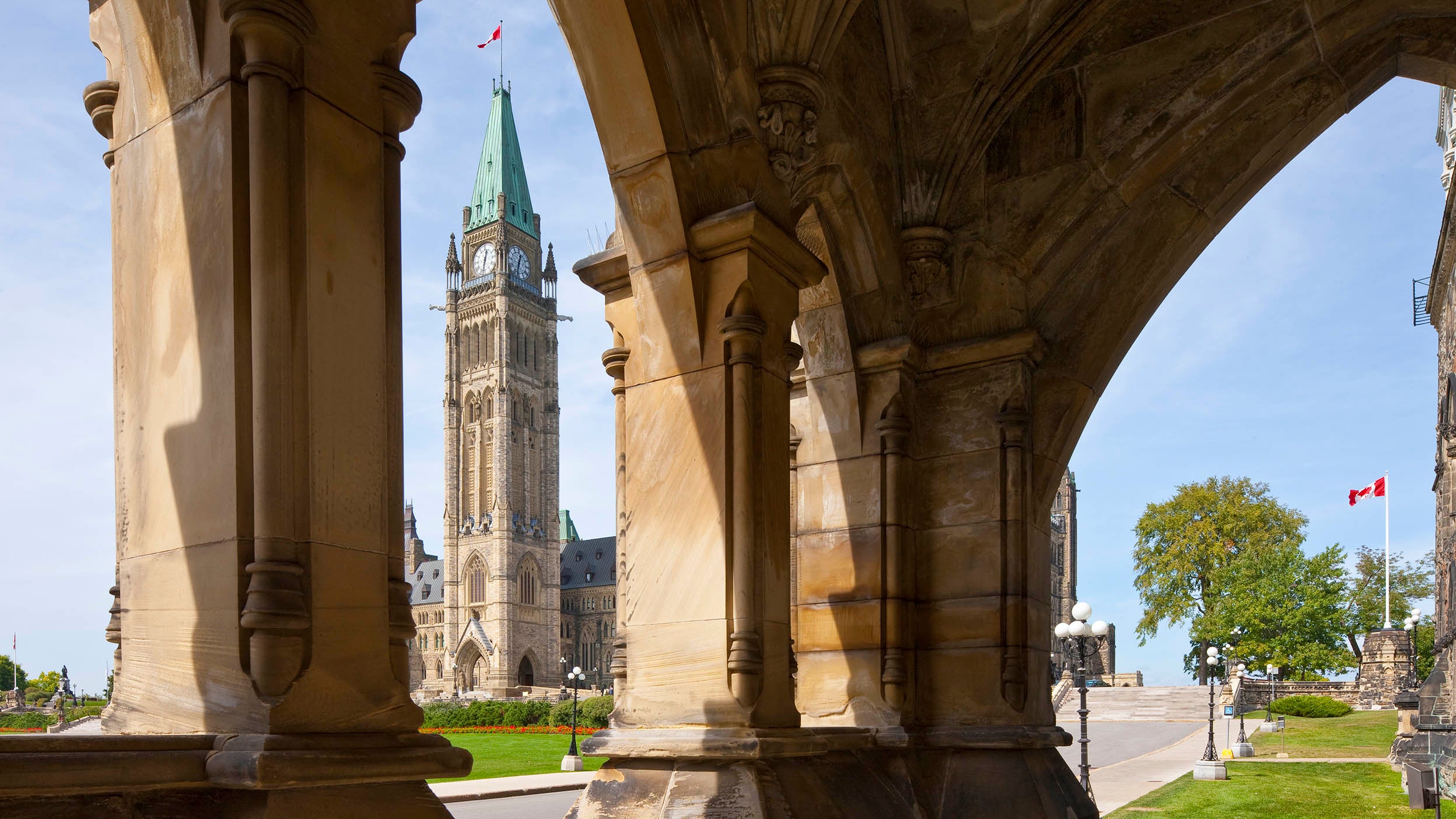
Tax & Estate planning All About Private Corporations – Taxation of Active Business Income
Explore the details of earning active business income within a corporation thought the principles of corporate-shareholder tax integration.
Insights from the Invesco Tax and Estate team on tax and estate planning.

Explore the details of earning active business income within a corporation thought the principles of corporate-shareholder tax integration.

Discover the importance of a power of attorney (POA) document in managing incapacity. Learn about the limitations of a POA, including the attorney's ability to carry over a beneficiary designation from an RRSP to a RRIF.

On November 4, 2025, the Federal Budget was released with various income tax proposals. Below are the salient tax measures announced in the budget.

Explore the advantages for Canadian investors to choose Canadian-listed ETFs, rather than investing directly in their U.S.-listed counterparts.

Discover who truly owns the funds in a Registered Education Savings Plan (RESP) and how ownership is affected by contributions, withdrawals, and family law. This article explores legal interpretations, tax implications, and the impact of separation agreements on RESP management.

Learn about the new tax filing requirements for ITF accounts and bare trusts, including expanded reporting obligations and exemptions.

ETF investors should be aware of year-end phantom distributions and adjust their cost base (ACB) to avoid double taxation on future dispositions.

Learn what you need to know about 2024 tax filing and what’s coming in 2025.

The Tax and Estate team discusses the PFIC rules as they apply to U.S. residents holding foreign securities, including Canadian-domiciled mutual funds and exchange-traded funds.
Get fresh perspectives on economic trends and events impacting the markets.
Insights on investing implications, market movements, and structural changes.
Insights on the economy, the markets, and investments from our global experts.
NA2252900
Important information
The information provided is general in nature and may not be relied upon nor considered to be the rendering of tax, legal, accounting or professional advice. Readers should consult with their own accountants, lawyers and/or other professionals for advice on their specific circumstances before taking any action. The information contained herein is from sources believed to be reliable, but accuracy cannot be guaranteed.
Some references are U.S. centric and may not apply to Canada.
Commissions, management fees and expenses may all be associated with investments in mutual funds and exchange-traded funds (ETFs). Trailing commissions may be associated with investments in mutual funds. For mutual funds the indicated rates of return are the historical annual compounded total returns, including changes in share/unit value and reinvestment of all distributions, and do not take into account sales, redemption, distribution or optional charges, or income taxes payable by any investor, which would have reduced returns. For ETFs unless otherwise indicated, rates of return for periods greater than one year are historical annual compound total returns including changes in unit value and reinvestment of all distributions, and do not take into account any brokerage commissions or income taxes payable by any unitholder that would have reduced returns. Mutual funds and ETFs are not guaranteed, their values change frequently and past performance may not be repeated. There are risks involved with investing in ETFs and mutual funds. Please read the prospectus before investing. Copies are available from Invesco Canada Ltd. at invesco.ca
These are the personal views of the author as at the date indicated, and not necessarily the views of Invesco Canada. The views expressed above are based on current market conditions and are subject to change without notice; they are not intended to convey specific investment advice. Forward-looking statements are not guarantees of performance. They involve risks, uncertainties and assumptions. Although such statements are based on assumptions considered to be reasonable, there can be no assurance that actual results will not differ materially from such expectations.
This link takes you to a site not affiliated with Invesco. The site is for informational purposes only. Invesco does not guarantee nor take any responsibility for any of the content.